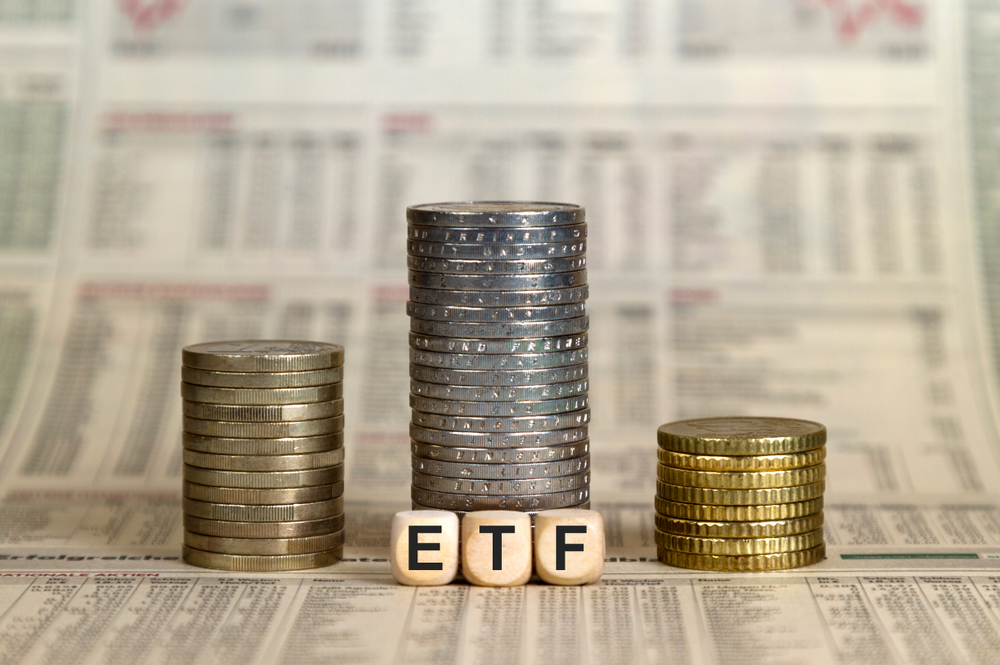The European ETF market saw record quarterly inflows in the first three months of the year amid strong demand for equity, ESG and a return to value.
According to data from Morningstar, ETFs in Europe saw €48.2bn inflows in Q1 taking the ecosystem’s assets under management (AUM) to €1.2trn, up 10% from the end of the previous quarter.
Among these flows were a continuation of some of the trends witnessed in 2020. For instance, prevailing risk-on sentiment saw equity ETFs net close to 90% of total Q1 flows while seeing total assets rise by 15% quarter-on-quarter.
Meanwhile, the momentum in sustainable investing saw environmental, social and governance (ESG) ETFs claim 54% of new assets. In fact, while US large-cap equity was among the top flow-gathering categories, many traditional S&P 500 ETFs languished which suggests a shift to ESG equivalents.
Jose Garcia-Zarate, associate director, passive strategies research, at Morningstar, said: “The bulk of flows in this category were directed to ESG investments, so it is fair to conclude that some investors who previously had their money in the mainstream S&P 500 ETFs switched to the ESG versions.”
Furthermore, despite a growth dip in March and fears of frothy valuations, thematic ETFs recorded their best quarter on record. Having topped out at €23.2bn in assets by the end of 2020, the category rose 26.7% during Q1 of the new year, up to €29.4bn.
Which were the best and worst-performing ETFs in Q1?
However, diverging from the trends of last year was the ‘old economy’ with a rotation back to cyclical equities fully underway at the start of the year.
“The much talked about rotation from growth to value found confirmation in first-quarter flows, with value equity strategies netting €5.3bn,” Garcia-Zarate continued. “US large-cap value equity and global large-cap value equity were among the top 10 flow-gathering Morningstar Categories in the period, whereas US large-cap growth languished in the bottom 10.”
Also differing from the end of last year were flows into bond ETFs which dipped from €9.8bn to €4.3bn between the two most recent quarters.
While US Treasuries and UK gilts struggled amid yield hikes, European and US inflation-linked bond ETFs picked up €1.2bn new assets. Likewise, Chinese government bond ETFs saw €2.9bn inflows.
“Their appeal is easy to understand from a risk/return perspective,” Garcia-Zarate said on Chinese Treasuries. “They offer a tasty yield pickup compared with developed-markets government bonds and have proved remarkably resilient within the cohort of emerging markets.”
Finally, smart beta staged a comeback pulling in €9.6bn new assets versus €3.8bn during the previous quarter aided by the dramatic return of value.Value ETFs alone saw €5.3bn inflows.
Small-cap strategies have also continued their recovery in recent months, though dividend strategies remain the largest smart beta category in Europe.



